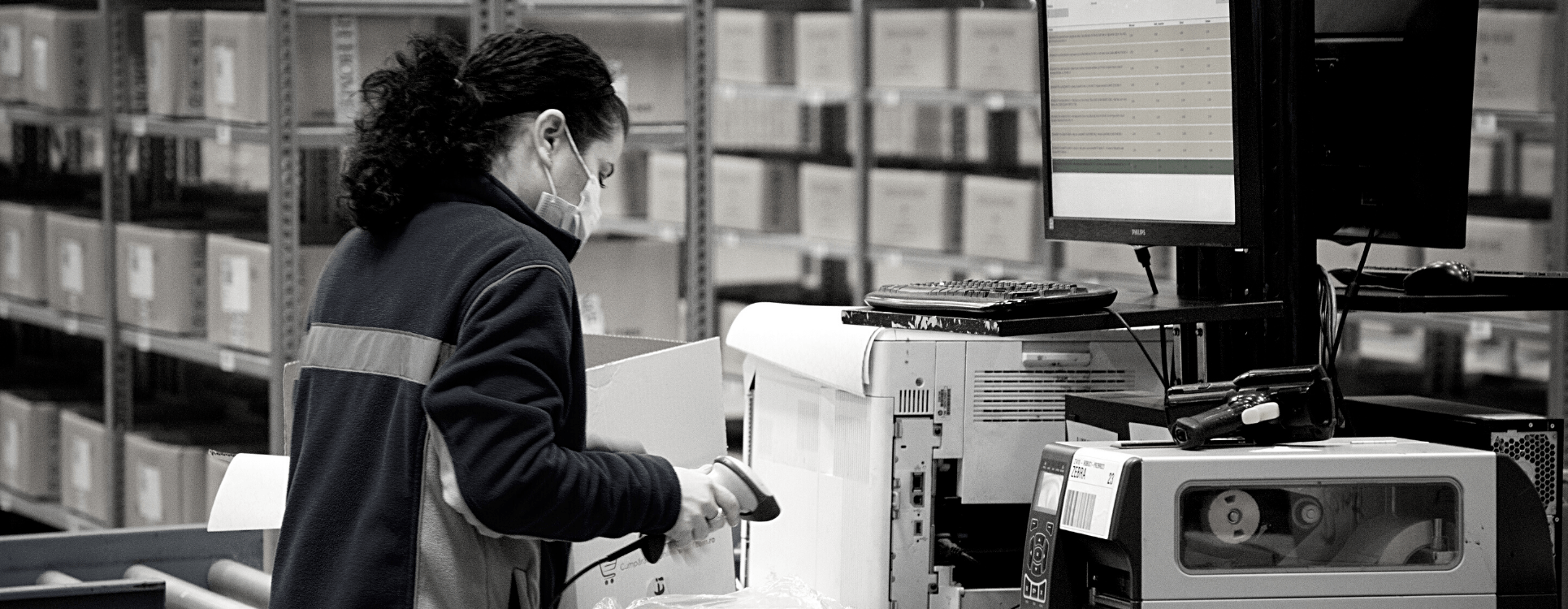The pandemic has pushed consumers to change some habits and adopt new ones, and as e-commerce evolves rapidly in Europe, it is time to move on to the next stage of online expansion. Today, the question is not whether people will shop online, but how frequently they will do so, how much they will spend, and how their behavior will impact the logistics processes for online stores. Unlike past recessions, where the change was largely due to markets, the pandemic has influenced consumer behavior in different ways. The new preferences of online customers are what determine the change of business strategy for e-commerce players.
- Online mobile shopping
According to 2Performant statistics, mobile devices generated 71.9 percent of online store traffic in their store network in 2020, while desktop generated 28.1 percent. These findings are difficult to ignore for those who own an online store, so business owners should ensure that all of their mobile channels – both websites and applications – compete with the traditional desktop experience.
To meet customer expectations, online stores should prioritize optimizing their websites for mobile devices, allowing for easy navigation and a pleasant shopping experience. Throughout the buyer’s journey, the buying experience should be as seamless and user-friendly as possible.
- A comfortable shopping experience
In addition to the first trend, customer convenience is always important. When online stores provide a pleasant, customer-centric experience, most of them have customers returning to their websites. The pandemic has taught customers to value seamless interactions with an online business. The convenience provided in the process of browsing and purchasing products is more than an option, it’s a requirement.
Customers expect the following when it comes to a hassle-free shopping experience:
- A simple method of payment, even for customers who do not have an account – the less forms they have to fill out, the better.
- The ability to shop seamlessly across devices: the ability to begin shopping on a single device and continue on a smartphone, tablet, or computer without being asked to take additional steps.
- And information about products in stock for future purchases: the option to save data for subsequent purchases that personalize their shopping trip without being forced to reach the checkout line.
- Buying products directly from social media platforms
An “always active” shopping experience occurs when a purchase is made while the consumer is engaged in other activities. As a result, they do not necessarily actively or purposefully discover new products, but rather shop while multitasking.
As a result, consumers shopping while doing other things has opened the way for another trend that will undoubtedly grow in the future – social e-commerce. It entails the promotion, purchase, and subsequent sale of goods via social media platforms such as Facebook, Instagram, and YouTube. This type of behavior is gaining traction as both Millennials and Generation Z are more open to and comfortable with purchasing items directly from social platforms.
- Delivery details: a key purchasing factor
One of the liberties that e-commerce provides is the ability for customers to select the delivery method, which makes it a critical factor in making a purchase. The development of free delivery options by conglomerates such as Amazon has contributed to the idea that this should be a standard practice for all e-commerce retailers. Customers may even prefer free delivery, though this may result in a longer wait time.
That is why the information they receive about a delivery is critical. Consumers expect complete transparency when it comes to costs and delivery times. An online store should be straightforward about its delivery methods at the end of the purchase process (such as providing cost details and estimated delivery date before the purchase is completed). Otherwise, buyers can easily opt out of the purchase.
- Effortless payment methods
As we all know, the pandemic has had a significant positive impact on the number of online card payments. According to the GpeC report, before 2020, 80 percent of online shoppers in Romania preferred to pay by cash on delivery. Customers are more likely to abandon a purchase if the final steps of the purchasing process are complicated and inconvenient for them. Furthermore, in order to meet the needs of customers, some e-commerce businesses provide the option of “buy now, pay later,” giving customers greater payment flexibility.
To sum up, keeping up with the trends that influence online consumer behavior is an essential part of an e-commerce business’s success. Retailers should understand market changes in order to increase their customer base, keep them loyal, and expand their business.


